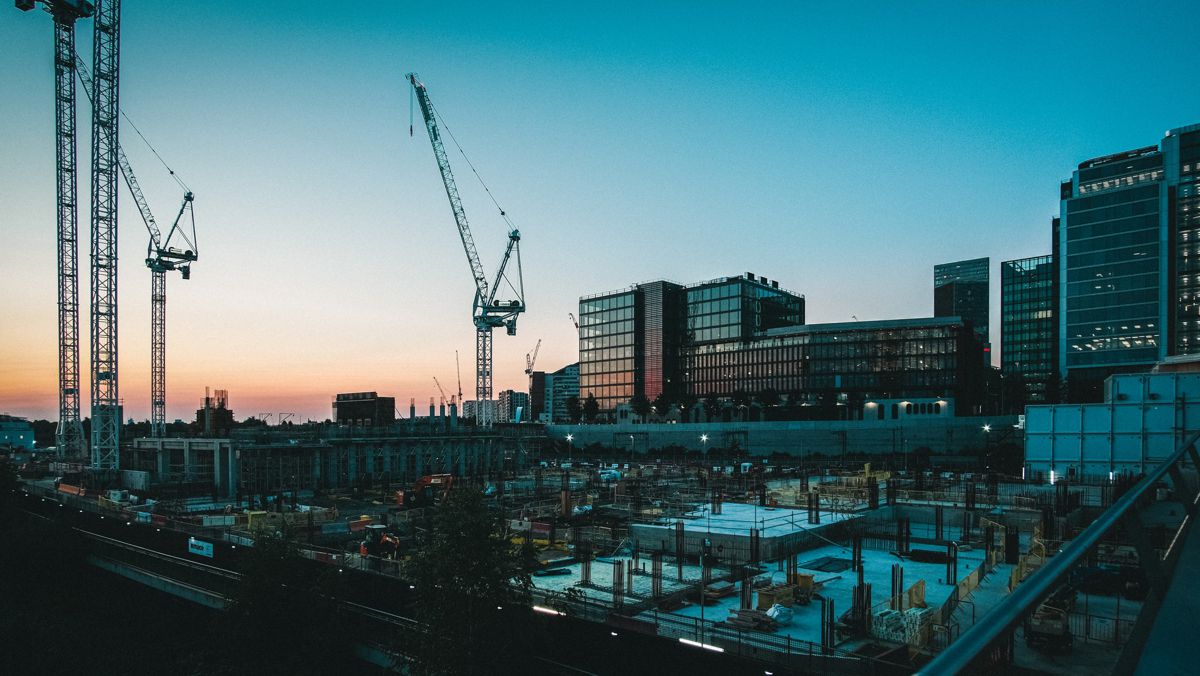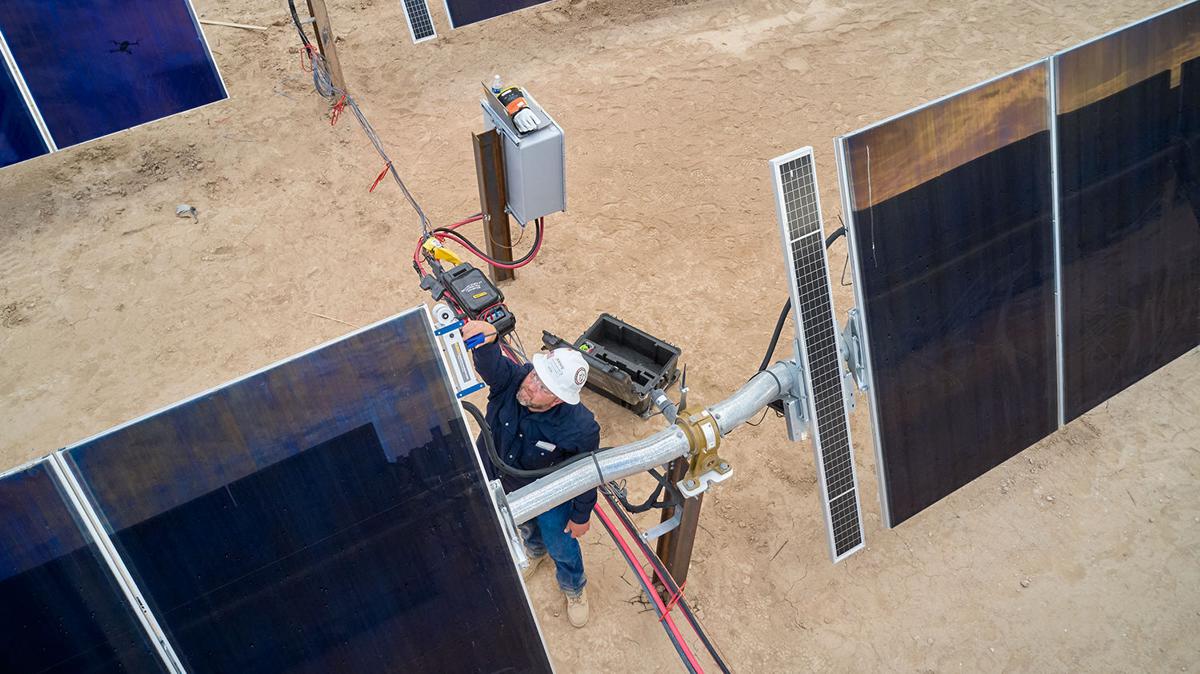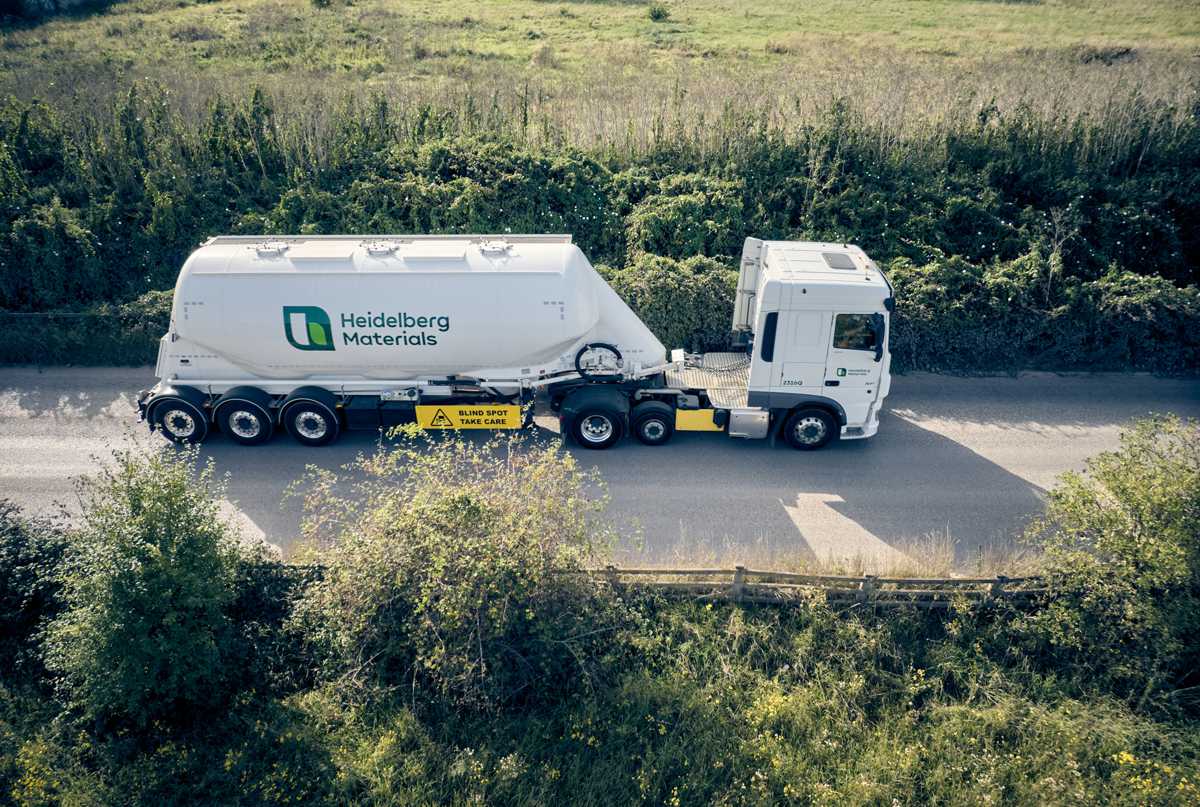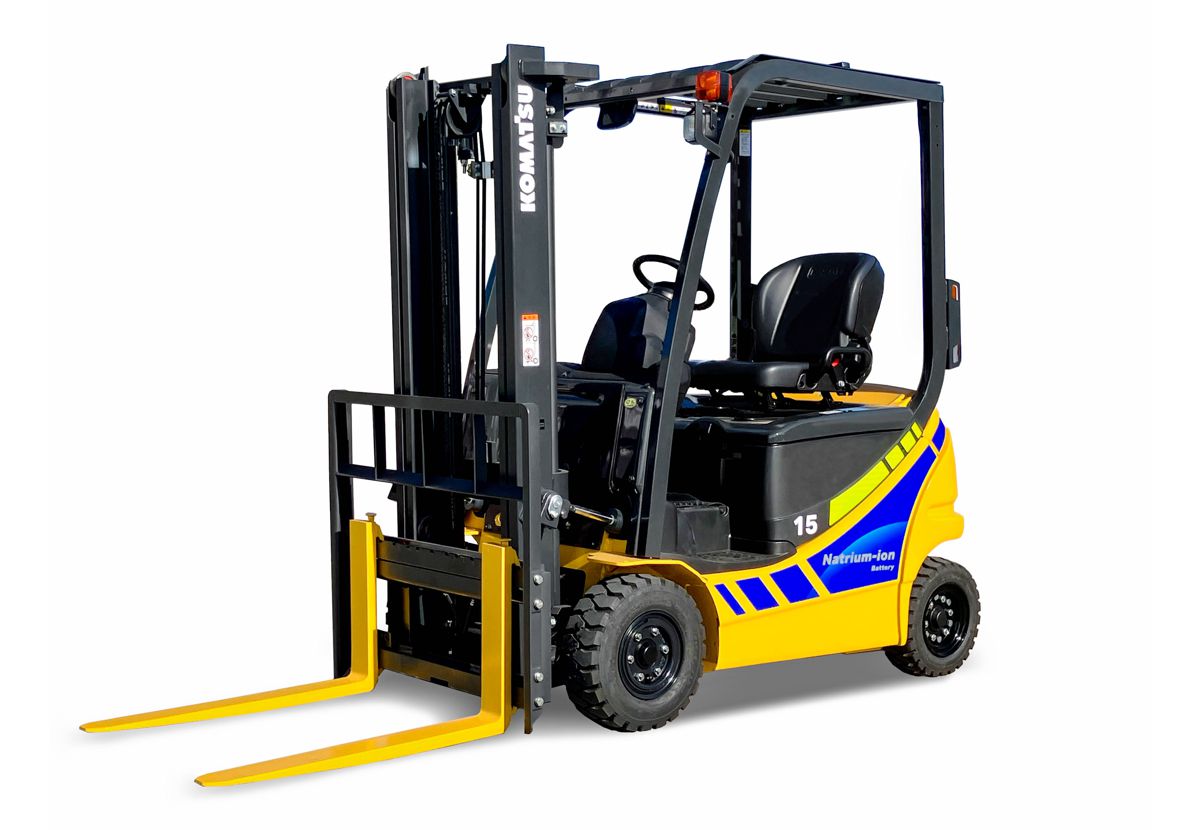Improving air quality at construction sites
One of the challenges of inner-city construction is the pollution and compromised air quality it can cause.
With almost 39 percent of the U.S. population living in cities, the environmental impact of the ongoing construction has long been a complaint from residents and environmental activists. According to The Institution of Environmental Sciences, the construction of roads, buildings, and other infrastructure can cause a significant impact on local air quality.
39 percent of global carbon emissions are linked to buildings – 11 percent of which is attributed to the construction process. With the issue gaining more spotlight lately, construction companies are under even more pressure to implement measures to improve air quality at their construction sites.
Utilize Just-In-Time And Other Delivery Practices
In a recent Engineering Cleaner Air report by the Institution of Civil Engineers (ICE), it is recommended that a Construction Logistics Plan (CLP) be implemented as a part of the planning and Health and Safety risk assessment process on construction sites. In instances where construction pollution poses a risk, an Air Quality Assessment is recommended to understand the gases in the indoor atmosphere, including any harmful contaminants posed by high-risk indoor construction projects.
Levels of chemicals can be up to 10 times higher than they are outdoors, so this step is vital. In the plan, safeguards and control mechanisms like off-site consolidation centres and just-in-time delivery models for construction materials are included. This sections and minimizes the pollutants to smaller sites outside city centres and locations.
This, however, may only be feasible for larger construction sites – both financially and logistically.
Implement Appropriate Ventilation For Indoor Construction
Many studies have proved the link between inadequate ventilation during indoor construction and adverse health effects on workers and inhabitants. A good indoor air quality plan focuses on adequate ventilation and finishes to avoid this.
The good news is that The Center for Construction Research (CPWR) has published new ventilation guidance for indoor construction sites that do not have working heating or ventilation systems in place.
Indoor construction sites without a working HVAC should implement practices like regularly opening windows/doors, positioning fans to move air away from workers, and monitoring carbon dioxide levels at the worksite.
Also, an important part of the indoor air quality plan should be the request for product certifications such as paint and varnishes, which can impact air quality. The chemicals in paints and varnishes can release toxic pollutants into the air of a construction site.
To avoid this, construction companies can either eliminate the use of lead-based paint finishes, or reformulate coatings to water-based or UV-based coatings.
Capitalize On Off-Site Modular Construction Practices Where Possible
According to the Whole Build Design Guide, off-site and modular construction refers to planning, processing, fabricating, and assembling building elements for a quicker site assembly. Construction companies can either use re-locatable modular or permanent modular equipment.
Re-locatable modular equipment, like temporary communication pods and job site trailers, are a short-term solution to temporary but necessary job infrastructure needed on construction sites.
The use of off-site modular construction practices not only reduces on-site pollution, but reduces construction waste and addresses the issue of indoor air quality due to high moisture levels. With the elimination of high moisture levels, the air quality at construction sites is less at risk for dampness in buildings and resulting health effects like allergies and asthma.
Pollution from construction sites continues to be a concern for all involved. Adhering to best practices for the preservation of air quality in construction zones centres around regular assessment of whether good practices on air quality management are being followed on-site.
While these three are a good start for any construction company, there is a long list of actions they can access through the CLP’s published checklist.















